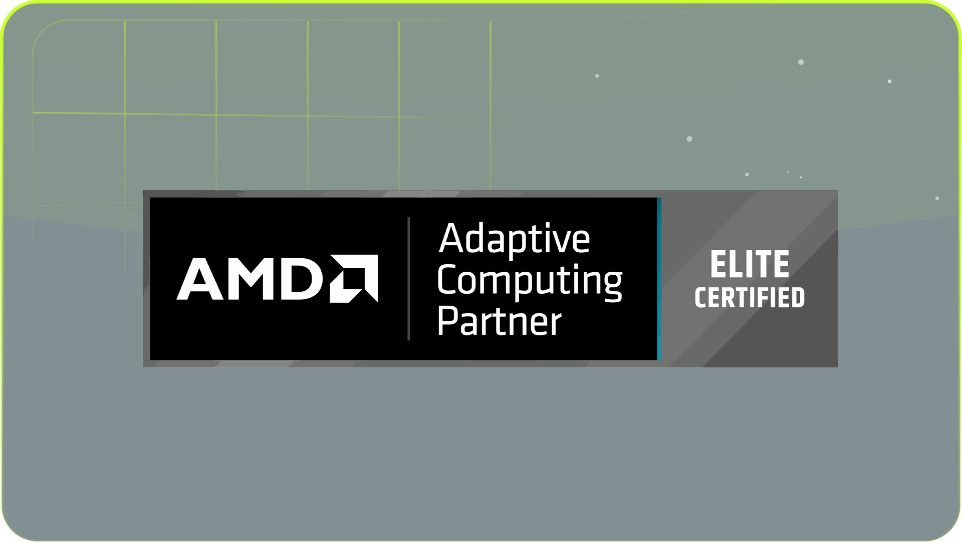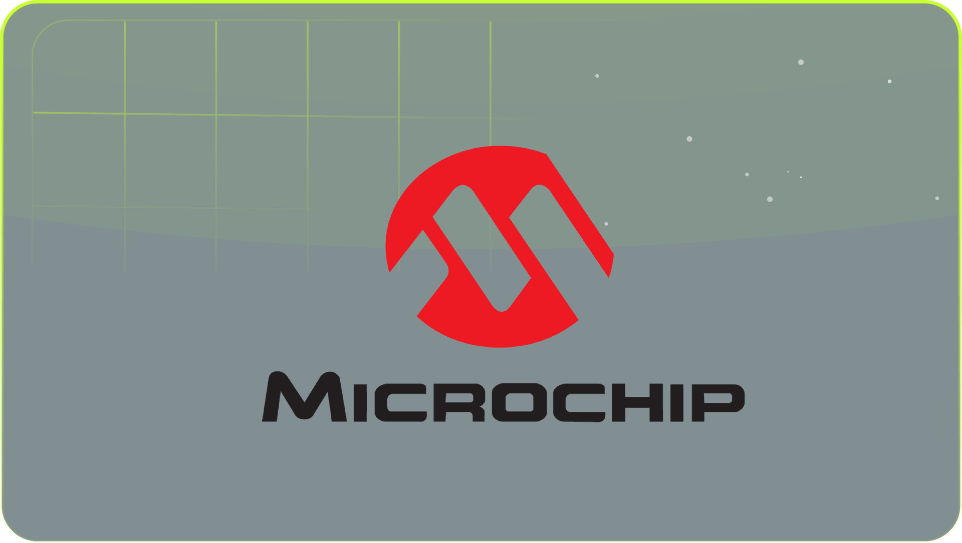DVB-RCS2 (Digital Video Broadcast – Second Generation DVB Interactive Satellite System) is the latest ETSI standard of the second generation for digital data transmission via satellites.The Creonic DVB-RCS2 Multi-Carrier Receiver IP core supports multiple frequency time domain multiple access (MF-TDMA), performs all tasks of an DVB-RCS2 receiver including carriers separation, baseband conversion, demodulation, and turbo decoding. It can process intermediate frequency (IF) real signal with center IF frequencies between 0 and 100 MHz.
The Creonic Turbo Decoder is included in the receiver to provide users with Frame PDUs at the output.

Interested? Contact us!
Kevin Christoffers
Director - Business Development & Sales
Product Brief
Download for more information.
- Satellite communication
- Digital Video Broadcasting
- Interactive Services
- Professional Services
- News Gathering)
- Compliant with ETSI EN 301 545-2 (DVB-RCS2)
- Support for Linear Modulation Bursts of Table A-1
- Optional support for Spread-spectrum Linear Modulation Burst waveforms of Table A-2
- Support for BPSK, QPSK, 8-PSK, 16-QAM
- Supports real, intermediate frequency signal at input
- Supports 32 carriers at aggregate symbol rate of 50 MSymbols/s, sample rate of 200 MSamples/s
- Supports symbol rate per carrier from 200 kSymbols/s to 12.5 MSymbols/s at an input rate of 200 MSamples/s
We are ISO 9001:2015 certified
Our customers can rely on consistently high quality, guaranteed by our certified quality management.

- Supports MF-TDMA using the DVB-RCS2 protocol
- The receiver performs multi-carrier processing, including gain adjustment, timing correction, decimation, filtering, bursts synchronization, derotation, decrambling, phase and frequency correction, DVB-RCS2 deframing, turbo decoding, and CRC-16 / CRC-32 checks
- On-the-fly reconfiguration of superframe and number of active carriers
- Configurable amount of turbo decoder iterations
- Low-power and low-complexity design
- AXI4-Lite interface for controlling and for retrieving status information
- Collection of statistics (error rates, superframe and timeslot counters, frequency and timing offsets, signal-to-noise ratio (SNR))
- Validated on AMD RFSoC board with the Creonic DVB-RCS2 Modulator
- Available for ASIC and FPGAs (AMD / Xilinx, Intel / Altera, Microchip)



